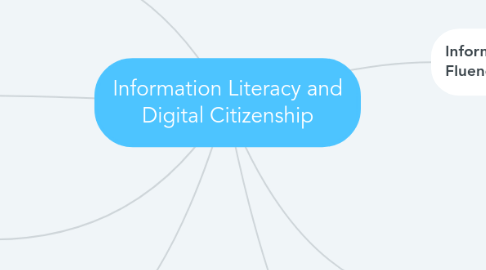Information Literacy and Digital Citizenship
by Jodi McFarland

1. Fair Use Doctrine
1.1. Fair Use allows teachers and students to freely use some copyrighted materials for educational or research purposes. The use of materials in this way should be spontaneous and occasional rather than a regular instructional tool in the classroom.
2. Creative Commons
2.1. Some authors utilize creative commons, which allows others to use, modify, or copy the materials as long as the original author is credited in the way the Creative Commons/Share-Alike license specifies.
3. Plagiarism
3.1. Plagiarism is the explicit copying, quoting, or misuse of someone else's work as one's own.
4. Cyberbullying
4.1. Cyberbullying utilizes technology, such as social media and text messages, to communicate threatening or otherwise harmful and negative messages. Many states have laws in place to prevent cyberbullying, but it still occurs. Cyberbullying impacts many learners in a very negative way, hindering their academic performance and can result in feelings of depression and anxiety in students.
5. Information Technology (IT) Fluency
5.1. Fluency in the use of technology begins in the early grades and continues into adulthood. To be fluent in technology means that the student is able to perform tasks digitally as an expert would. Students who display fluency understand how the technology works and how to utilize that technology to its fullest potential.
6. Copyright and Public Domain
6.1. Copyright is legal protection granted by the US government to protect the creative works of individuals, such as literary works, dramatic works and artistic creations. Copyright law establishes that creative materials are owned by the creator and cannot be reproduced without that creator's permission.
6.2. Public Domain means that the creative materials are ineligible for copyright protection or the copyright has expired. Works within the public domain are free to use, but still require a citation. Examples of public domain materials are mathematical formulas, names, and symbols.
7. Cheating
7.1. Cheating is the use of technology to spread, share, or access materials about tests before or during the test taking process.


